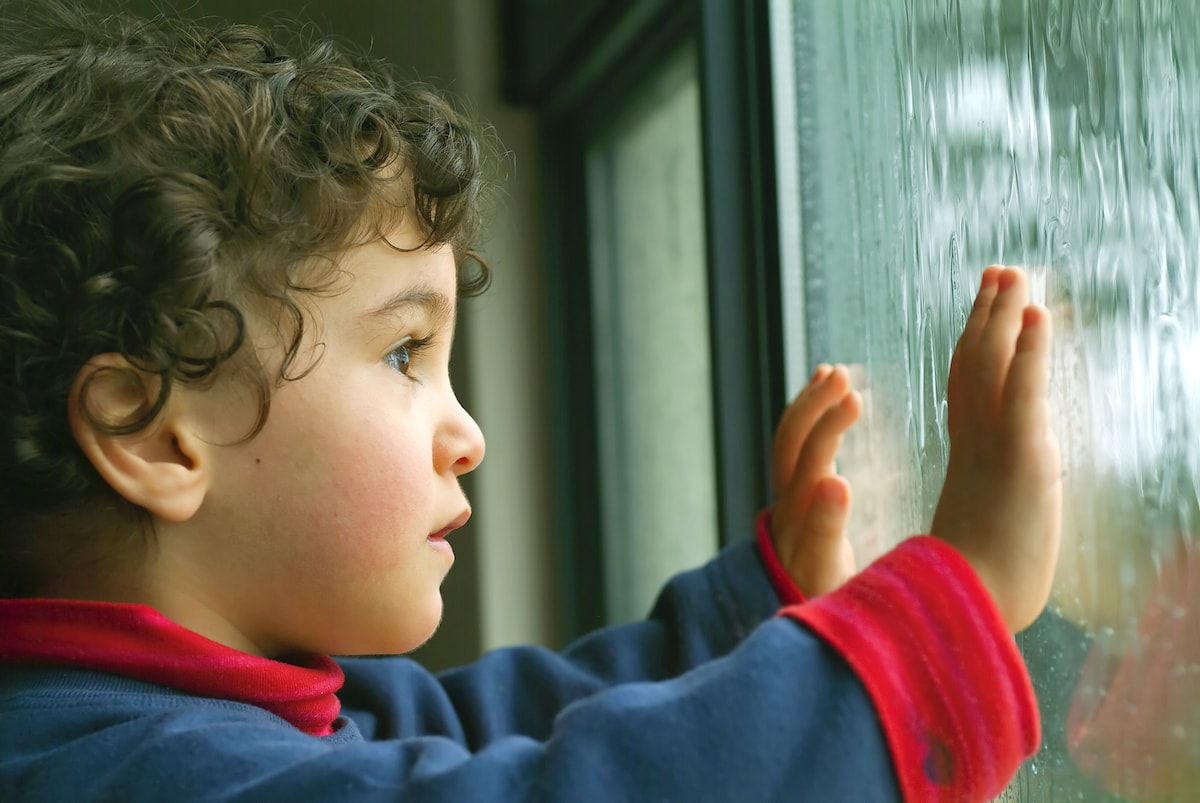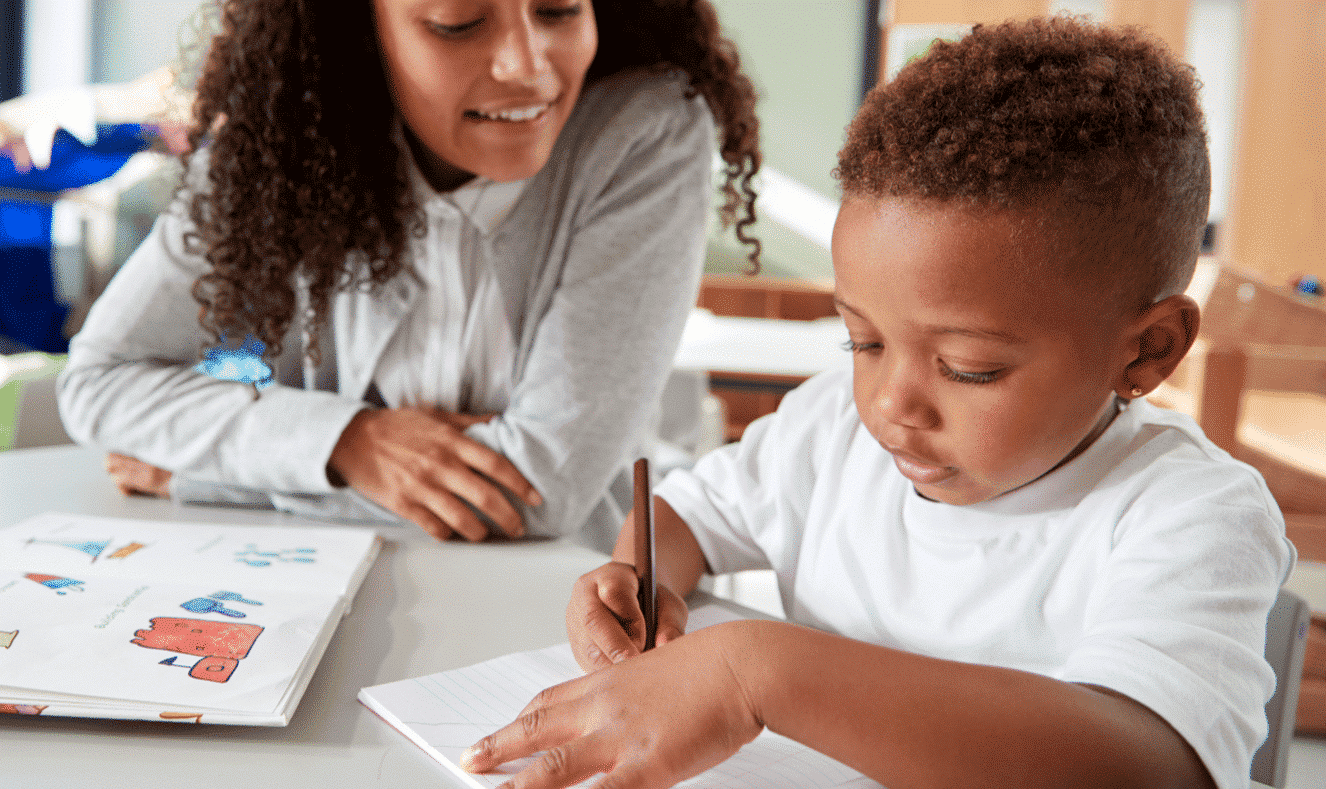The importance of gross motor skills in preschoolers
As a parent or caregiver, nurturing the overall development of your preschooler is a top priority. While cognitive and social-emotional growth are crucial, physical development, particularly gross motor skills, plays a pivotal role in a child’s well-being. These skills involve the coordination of large muscle groups, enabling activities like running, jumping, climbing, and balancing.
Gross motor skills not only contribute to physical fitness but also lay the foundation for future academic success. Children with well-developed gross motor abilities tend to have better focus, concentration, and self-regulation, which are essential for learning in a classroom setting. Additionally, these skills foster confidence, independence, and a sense of accomplishment, positively impacting a child’s overall emotional well-being.
In today’s fast-paced world, where screen time and sedentary activities are prevalent, it’s essential to prioritize opportunities for physical activity and gross motor skill development. This is where indoor gross motor activities come into play, providing a fun and engaging way to keep your little ones active, even on rainy days.
READ ALSO :
What are indoor gross motor activities?
Indoor gross motor activities are intentionally designed physical activities that can be performed within the confines of your home or an indoor space. These activities aim to engage a child’s large muscle groups, promoting coordination, balance, strength, and overall physical development.
Unlike traditional outdoor play, indoor gross motor activities require creative thinking and adaptation to the available space. They often involve simple household items or specially designed equipment, making them accessible and cost-effective for families.
Benefits of indoor gross motor activities
Incorporating indoor gross motor activities into your preschooler’s routine offers numerous benefits. Here are some of the most significant advantages:
- Physical Development: These activities promote the development of gross motor skills, including coordination, balance, strength, and endurance, essential for overall physical fitness and well-being.
- Cognitive Development: Engaging in physical activities has been linked to improved cognitive functions, such as problem-solving, spatial awareness, and memory retention.
- Social-Emotional Development: Many indoor gross motor activities can be conducted in a group setting, fostering social skills, teamwork, and emotional regulation.
- Stress Relief: Physical activity is a natural stress-buster, helping children release pent-up energy and promoting a sense of calm and relaxation.
- Creativity and Imagination: Indoor gross motor activities often involve imaginative play scenarios, encouraging children to explore their creativity and engage in pretend play.
Rainy day challenges and why indoor activities are a great option
Rainy days can be a challenge for parents and caregivers, as outdoor play options may be limited. However, this is where indoor gross motor activities shine. By providing a safe and engaging indoor environment, you can ensure that your preschooler’s physical and developmental needs are met, regardless of the weather conditions.
Indoor activities not only keep children active but also offer a controlled and secure setting, reducing the risk of accidents or exposure to adverse weather conditions. Additionally, they provide a structured environment that can be tailored to your child’s specific needs and interests, making the learning experience more enjoyable and effective.
Indoor gross motor activities for preschoolers
Now that we’ve explored the importance and benefits of indoor gross motor activities, let’s dive into some fun and engaging options for your preschooler:
- Obstacle Course: Create an obstacle course using household items such as cushions, chairs, and blankets. Encourage your child to crawl under, jump over, and navigate through the course, challenging their coordination and agility.
- Indoor Hopscotch: Use masking tape or chalk to create a hopscotch grid on the floor. This classic game not only promotes balance and coordination but also reinforces numeracy skills.
- Balloon Games: Inflate balloons and engage in a variety of activities, such as balloon volleyball, balloon toss, or balloon tennis. These games encourage hand-eye coordination and gross motor movement.
- Dance Party: Turn on some upbeat music and encourage your child to move and groove to the rhythm. You can even create a makeshift dance floor using colorful tape or mats.
- Indoor Bowling: Set up plastic bottles or cardboard boxes as pins and use a soft ball or rolled-up socks for bowling. This activity promotes aim, coordination, and gross motor skills.
- Yoga for Kids: Introduce your preschooler to simple yoga poses and sequences, promoting flexibility, balance, and body awareness.
- Scavenger Hunt: Hide objects around the house and create a scavenger hunt, encouraging your child to crawl, stretch, and move in different ways to find the hidden treasures.
- Indoor Playground: If space permits, consider setting up a small indoor playground with a slide, tunnels, or climbing structures. This can provide hours of active play and gross motor skill development.
Incorporating sensory play into indoor gross motor activities
To enhance the learning experience and engage multiple senses, consider incorporating sensory play elements into your indoor gross motor activities. Here are a few ideas:
- Textured Paths: Create a sensory path using different textures, such as bubble wrap, sandpaper, or textured mats. Have your child walk, hop, or crawl along the path, stimulating their tactile senses.
- Sensory Bins: Fill a large container with materials like rice, beans, or shredded paper, and hide small objects or toys inside. Encourage your child to dig, scoop, and explore the bin, engaging their sense of touch and fine motor skills.
- Bubble Play: Blow bubbles and have your child jump, pop, or catch them, promoting gross motor movements and visual tracking skills.
- Scented Activities: Incorporate scented materials, such as essential oils or spices, into your activities. This can stimulate the sense of smell and create a multi-sensory experience.
How to set up a safe and engaging indoor play area
To ensure a safe and enjoyable indoor play experience, it’s essential to create a designated play area. Here are some tips to consider:
- Clear the Space: Remove any potential hazards, such as fragile items or sharp corners, from the play area.
- Cushion the Floor: Use foam mats, blankets, or cushions to soften the floor surface and prevent injuries from falls or tumbles.
- Provide Adequate Lighting: Ensure the play area is well-lit to prevent accidents and allow for proper supervision.
- Set Boundaries: Use masking tape, furniture, or other markers to define the play area and establish clear boundaries for your child.
- Rotate Activities: Keep the play area fresh and engaging by rotating activities and introducing new challenges regularly.
- Supervise: Always supervise your child during indoor gross motor activities to ensure their safety and provide guidance or assistance when needed.
Tips for encouraging participation and active play
While indoor gross motor activities can be incredibly engaging, some children may initially hesitate or lose interest quickly. Here are some tips to encourage participation and active play:
- Lead by Example: Participate in the activities alongside your child, demonstrating enthusiasm and modeling the desired behaviors.
- Make it Fun: Incorporate elements of play, imagination, and storytelling to make the activities more engaging and enjoyable.
- Offer Choices: Allow your child to choose from a selection of activities or contribute ideas, fostering a sense of autonomy and ownership.
- Use Positive Reinforcement: Praise and encourage your child’s efforts and achievements, boosting their confidence and motivation.
- Set Achievable Goals: Break down activities into smaller, manageable steps to prevent frustration and promote a sense of accomplishment.
- Involve Siblings or Friends: Invite siblings or friends to join in the fun, creating a social and interactive environment.
Indoor gross motor activities for different age groups
While the activities mentioned above are suitable for preschoolers, it’s essential to adapt them to your child’s specific age and developmental stage. Here are some age-appropriate modifications:
- Toddlers (1-3 years): Focus on simple activities that promote basic gross motor skills, such as crawling, walking, and balancing. Examples include crawling tunnels, stepping stones, and pushing/pulling toys.
- Preschoolers (3-5 years): Introduce more complex activities that challenge coordination, balance, and strength. Examples include obstacle courses, hopscotch, and simple yoga poses.
- Kindergarteners (5-6 years): Incorporate activities that involve following multi-step instructions and encourage teamwork. Examples include relay races, group dances, and simple sports-inspired games.
Remember, every child develops at their own pace, so it’s essential to observe your child’s abilities and adjust the activities accordingly.
RELATED ARTICLE :
Conclusion: Making the most of rainy days with fun and beneficial indoor activities
Rainy days no longer have to be a source of boredom or frustration for you and your preschooler. By incorporating indoor gross motor activities into your routine, you can turn these days into opportunities for physical development, cognitive growth, and pure enjoyment.
From obstacle courses and dance parties to scavenger hunts and sensory play, the options for indoor gross motor activities are endless. By creating a safe and engaging play area, encouraging participation, and adapting activities to your child’s age and abilities, you can ensure that every rainy day is filled with laughter, movement, and valuable learning experiences.
Remember, investing time and effort into your child’s gross motor skill development is an investment in their overall well-being and future success. So, embrace the rainy days, let your creativity shine, and witness the joy and growth that unfolds through these fun and beneficial indoor activities.
If you’re looking for more inspiration and guidance on indoor gross motor activities for your preschooler, consider joining our online community. Our experts provide valuable tips, activity ideas, and support to help you make the most of rainy days and nurture your child’s physical and cognitive development. Sign up today and unlock a world of fun and engaging indoor play experiences for your little one.






